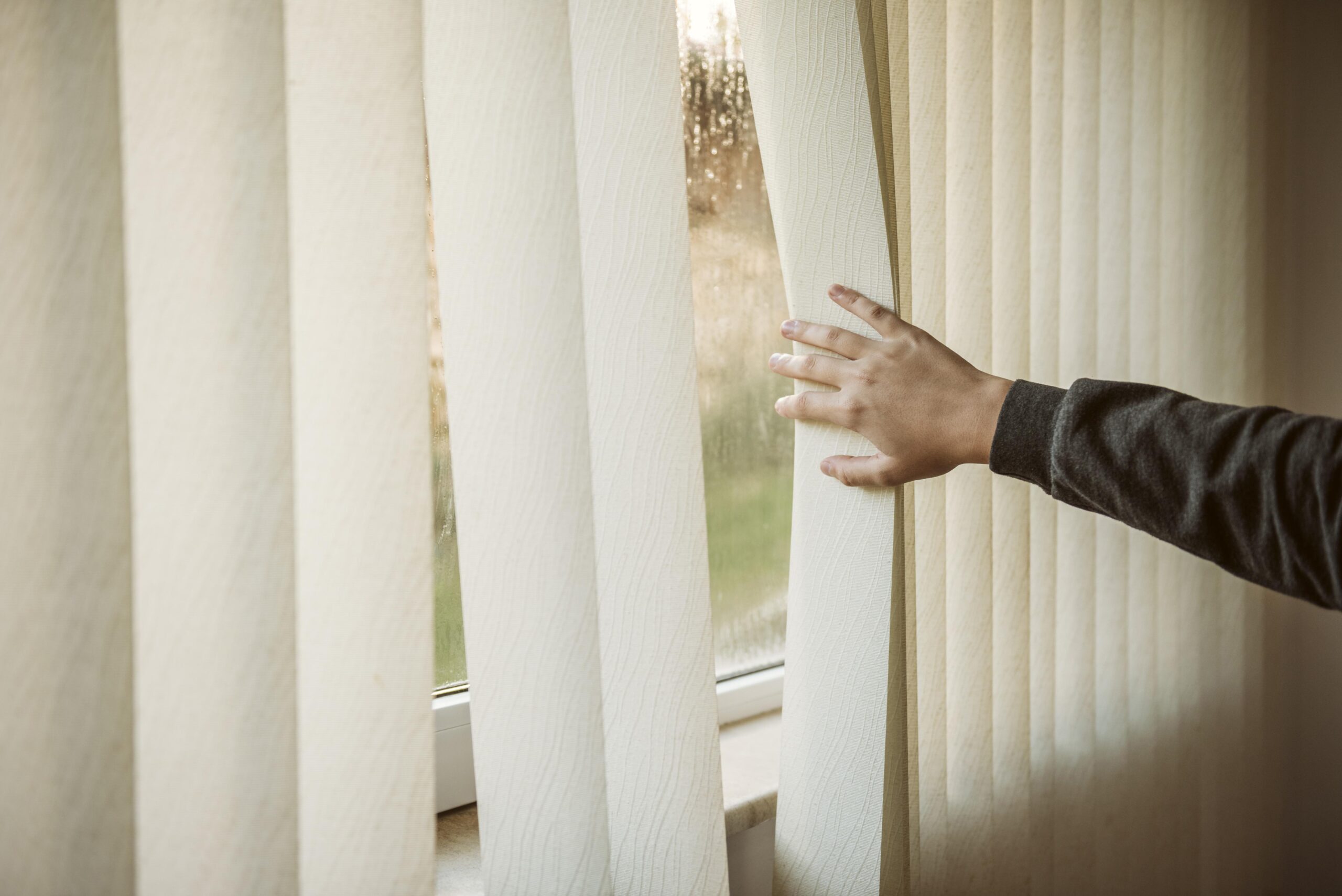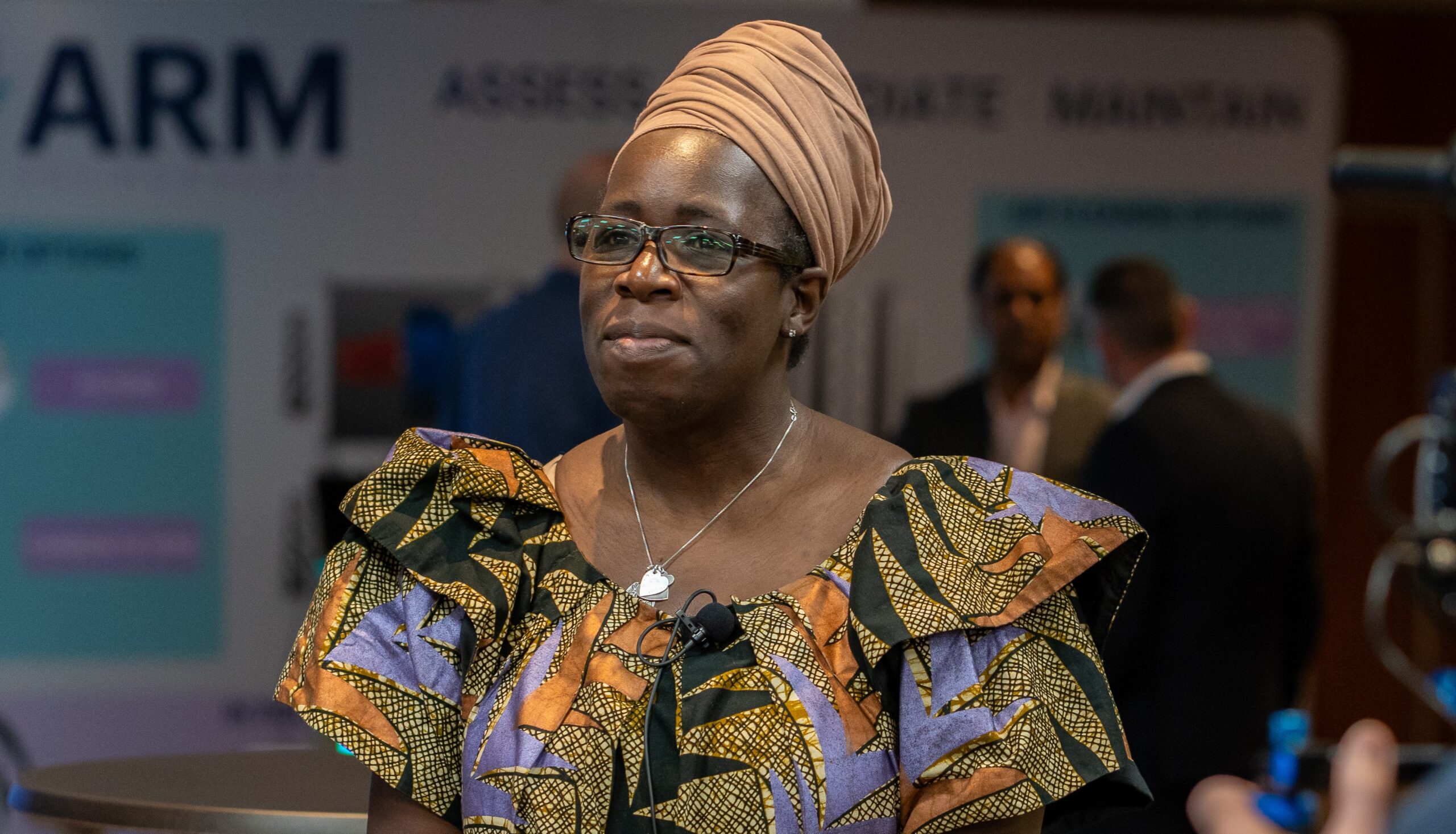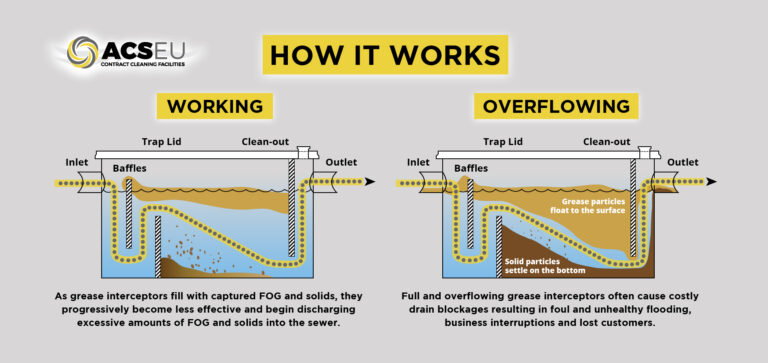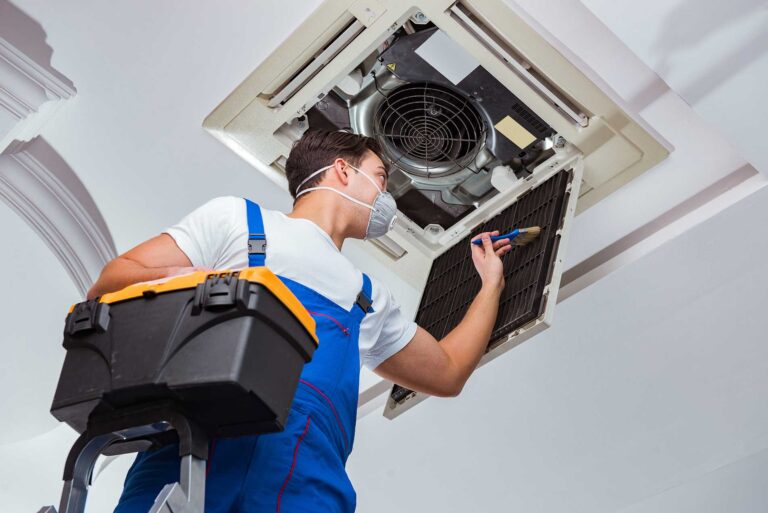Adam Taylor, chair of the BESA Indoor Air Quality group and CEO, ARM Environments
The Building Engineering Services Association (BESA)

Child ventilation crisis needs regulatory response
Adam Taylor, chair of the BESA Indoor Air Quality group and CEO of ARM Environments, highlights why poor indoor air quality in thousands of homes is another powerful argument for a national programme of building retrofits.
According to the English Housing Survey, the number of children living in damp homes has almost doubled since the Covid-19 pandemic, from one in 14 households living in privately rented accommodation to one in seven in 2022-23. That is almost 1.5 million children living in homes that failed decency standards with serious implications for their health and wellbeing.
Two-year-old Awaab Ishak who died as a direct result of being exposed to mouldy conditions in his Rochdale flat has become the public face of this scandal and the new Labour government has pledged to extend the reach of ‘Awaab’s Law.’

The legislation, will now apply to the private sector as well as social housing, requires landlords in England to carry out emergency repairs within 24 hours, investigate issues within two weeks, and begin repairs within a further seven days. Failing to meet the deadlines leaves landlords liable to legal action by tenants and having to pay compensation.
Frustration
“The prevention and eradication of mould and damp continues to be a source of great frustration for our industry,” said BESA’s chief executive officer David Frise. “We understand the problem, which often comes back to inadequate ventilation, but too often the investment is not forthcoming despite this being such a crucial health issue.”
Therefore, BESA is backing a campaign for regulatory change via the government’s Warm Homes plan to reform the Energy Performance Certificate (EPC) system. A plan for joint action across the sector was agreed during the Association’s celebration of the third World Ventilation Day (#WorldVentil8Day), which is held every year on November 8.
At BESA’s event, Yselkla Farmer, chief executive of BEAMA, the energy and infrastructure trade association, unveiled a policy paper calling for a new assessment approach that would put occupant health at the heart of building retrofits.
“The push for better energy performance in buildings [has led to] a clear disconnect with the need to ensure building occupants are healthy. This has played a significant role in creating what is now a national health crisis,” said Farmer. “[Warm Homes and EPCs] are a legislative framework we can work with – so let’s use this window of opportunity.”
BESA and BEAMA agree that adding compulsory IAQ and ventilation measures to EPCs could have a dramatic impact on IAQ. As an EPC is required by law when anyone sells or rents a home this could drive up IAQ improvements in more than 400,000 houses every year.
While regulatory change is crucial, improving understanding and awareness of the issues surrounding poor IAQ has some way to go. A recent report published by the Royal Society of Chemistry called for long-term funding for research into the complexities of IAQ and urged policymakers to consider more options for improving air inside homes and public buildings.
Monitoring
The RSC report highlighted the lack of regulation aimed at limiting indoor air pollutants such as VOCs linked to respiratory problems and nervous system damage. One suggestion was a nationwide “inventory of indoor emissions” to support research and increased monitoring of pollution levels in buildings.
It also called for better mechanisms “to enable collaboration between disciplines…and a need for scientists to engage with policymakers, stakeholders and the wider public.”
Ventilation has a critical role to play in addressing many of the sources of indoor pollution. In fact, it was recently stated by a leading healthcare professional that better building and facilities management could save more lives than the global medical and social care sectors combined, but unless targets are made mandatory other financial priorities will prevail.
BESA members also regularly point out that there is a painful irony in the fact that one increasingly popular ventilation solution is part of the problem. Thousands of mechanical ventilation with heat recovery (MVHR) systems have been fitted into heavily insulated and sealed homes.
Many were never commissioned; they were wired up and connected to flexible ducting that has been crammed into the available space without any allowance for air flow. Few are checked or maintained, and many have been switched off by users because they are noisy. In many cases, they are the only source of ventilation for these tightly sealed and heavily insulated homes and the health impacts are already being seen.
The technology itself is not the issue, it is how it is being deployed. The lack of care at installation and absence of long-term maintenance means that a good solution is undermined.
There are no silver bullets to addressing IAQ – and no ‘magic box’ air cleaning solutions. Improving IAQ is a building engineering issue that calls for solutions that can be applied throughout entire buildings.
Integrated
Just as net zero cannot be delivered by single technologies, such as heat pumps, so air quality in buildings requires integrated solutions.
BESA’s 2023 Guide to Mould and Damp is being used by social and private landlords as a source of strategies for dealing with a problem that threatens to overwhelm them, but there is a long way to go. And while the new government has shown willingness to act by its pledge to enforce Awaab’s Law, it is also facing an even wider test of its resolve on air quality in the High Court.

Nine-year-old Ella Kissi-Debrah was the first person in the UK to have air pollution recognised as a factor in her death following her fatal asthma attack in 2013. Subsequently, her mother Rosamund has campaigned tirelessly both for justice for her daughter and longer-term protection for all children from the damage caused by poor air quality.
Last year, the government finally apologised to Rosamund for Ella’s death and agreed compensation. However, the legal action taken by her estate was never about money, but rather, as Rosamund explained, about “holding their feet to the fire” and establishing a “legal right for all children to be able to breathe clean air”.
She added that “not much has happened” since the coroner in Ella’s case published a prevention of future deaths report. Currently, the government is only committed to reducing air pollution by 2040 which condemns another generation of children to an uncertain future. It also dropped plans for a new Clean Air Act.
BESA has worked with Rosamund for some years now. She has been hugely influential in raising awareness of the role of ventilation and air filtration in improving indoor environments for health and wellbeing.
Schools, hospitals, care homes, and social housing are all key areas desperate for IAQ improvements, but they are desperate for other upgrades too. So, legislation will be needed to move air quality from the discretionary investment box to the essential.
The combination of a decisive regulatory response, increased awareness, and better understanding of the root causes can feed into a national programme of building retrofits. Then we can set about safeguarding the long-term health of thousands of our most vulnerable building occupants.



